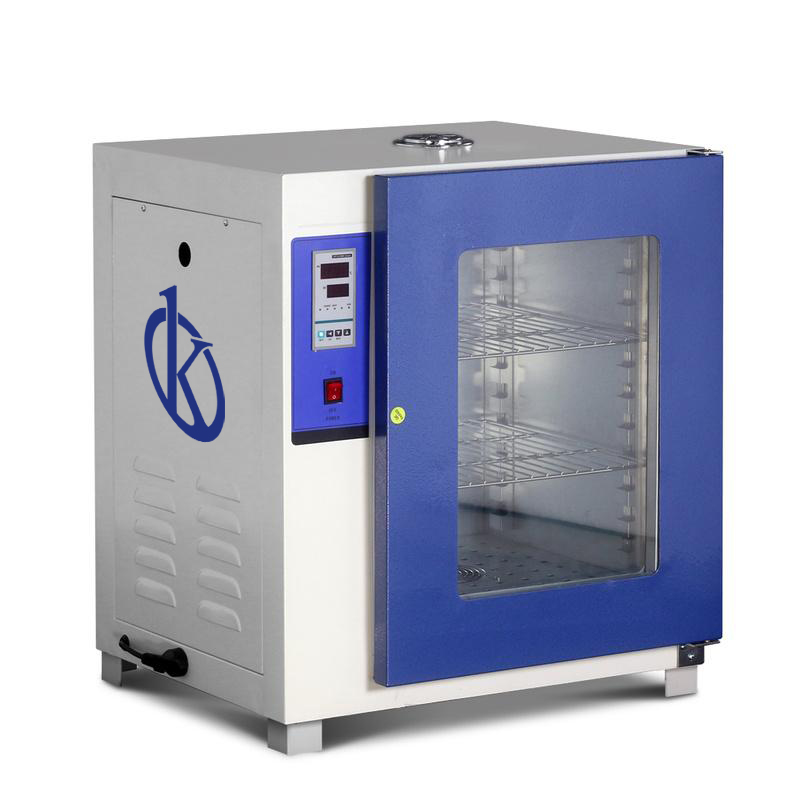A humidity incubator is a laboratory equipment, which in addition to controlling the temperature of the indoor environment, also controls the humidity, by means of a cooling system, instead of a direct heating one. They allow the development of a myriad of experimental works, since with it you can maintain microbiological and cellular cultures thanks to its ability to achieve the optimal temperature and humidity for it, as well as the levels of carbon dioxide and oxygen.
Its main function in the laboratory is to store and condition the environment, in order to properly develop microorganisms and cells, by controlling temperature, pressure, humidity and air circulation.
Moisture control protects crops from drying
Desiccation leads to loss and damage of crops. It is important to keep the proper moisture inside the chamber to avoid drying the crops. Large CO2 incubators can use steam generators or atomizers to control relative humidity levels, but most small to medium incubators use humidity trays to generate moisture by evaporation. The moisture trays produce relative humidity levels between 95-98%. Some incubators have moisture deposits with water in a hot tray, which increases evaporation. A moisture tank can increase relative humidity levels to 97-98%.
When buying your equipment, you should bear in mind that a CO2 incubator must guarantee, on the one hand, as high a humidity as possible to avoid evaporation of the medium. On the other hand, there should be no uncontrolled condensation within it. This requires a moisture limit in a passive moisture system on an open water surface, as is typically the case in CO2 incubators.
What is moisture?
Humidity is the amount of water vapor in the air. There is always water vapor in the air and the amount varies depending on various environmental factors. This means that any place that has the presence of water with the possibility of heating and evaporation is a source of moisture.
Types of Moisture
Relative humidity. It is the capacity of air to store water, which depends on the saturation point (the limit of that air to hold water) and a certain temperature. Its calculation is defined by the quotient of the amount of vapor in the atmosphere, divided by the maximum amount it could contain, multiplied by a hundred (and the result is expressed as a percentage). A relative humidity of 100% indicates that it has reached its saturation limit point and, thereafter, any excess water vapor condenses (becomes liquid).
Absolute humidity. It is the mass of water vapor that is present in a given volume of air, before it is condensed (relative humidity). It is important to note that temperature conditions absolute humidity: hot air masses have greater capacity to store water vapor than cold air masses. Absolute humidity is expressed in grams per cubic meter.
The difference between relative humidity and absolute humidity is that the former corresponds to a percentage measure (how much percent of the water the air can hold is stored there), and the latter corresponds to a measure of the amount of water by weight that the air contains (calculated in grams or kilograms).
At Kalstein we are manufacturers, so you can buy excellent incubators for your laboratory at the best prices on the market. That’s why we invite you to take a look at our equipment available HERE

